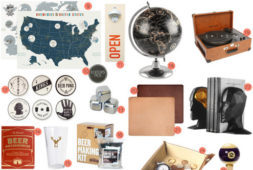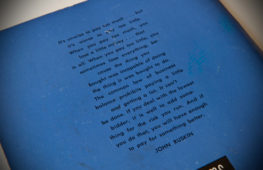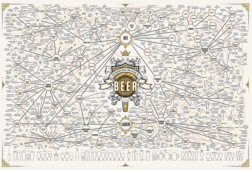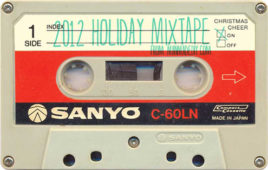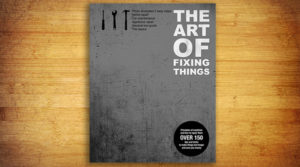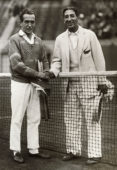What’s the Deal with the Colored Thread on the Bottom Button of Men’s Shirts?

If you’ve worn a button down shirt in, oh, the last 100 years or so, you may have noted an interesting feature: the last button hole and button thread are sewn with a different, contrasting color than the rest, particularly in solid color shirts. Or, you could be like me, and have worn button down shirts thousands of times over your existing decades, only to recently realize the thread color was different, and, once aware, started noticing it everywhere. Or perhaps you just looked down as you were reading this and learned that it is indeed true of the shirt you’re wearing right now… Regardless, the question stands:
Why? Why are the bottom hole and button sewn with a different color thread?
First, take a closer look, and check for another interesting feature of the bottom button: it’s also sideways. The top six or seven button holes are oriented vertically, for ease of buttoning, but the bottom button hole is horizontal, as is the top collar button. This makes them harder to button (did you ever note that, either?), but reduces the likelihood that the button will come undone. This is especially important since it’s the bottom button usually tucked into your trousers, where it experiences a little more stress from being pulled side-to-side.

Traditionally, when shirts were still made by humans, this meant reinforcing the button and the buttonhole with a thicker thread, which was either done on a second sewing machine, or as a last step when finishing a job. Hence, the different thread and different color.
These days, while the bottom and top collar button holes are still oriented sideways (the trick does work), the bottom thread color is likely just a nod to tradition, where it indicated a thicker reinforcing thread.
Check out your button downs next time you wear them, and note which have horizontal button holes and which even have the contrasting thread. Please share your experience in the comments below.


